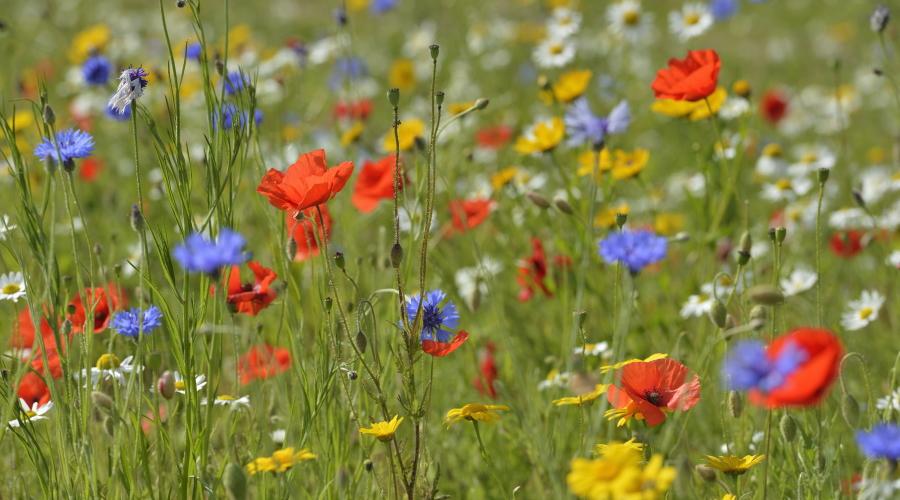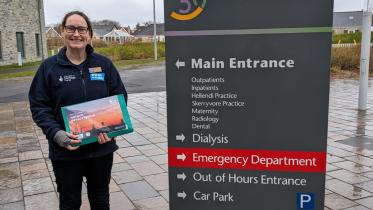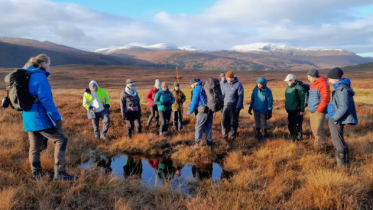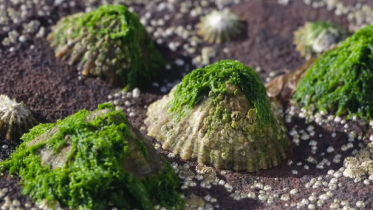
UK and International Efforts
Across the rest of the UK and Internationally nations are carrying out work similar to Nature Networks in their aim. Information on some of these efforts, thought to be useful for practitioners Scotland, can be found here.
UK and International Efforts
Nature Networks primary purpose is improving ecological connectivity, particularly between important areas for biodiversity such as 30x30 sites. They are one of the key tools for allowing Scotland to move from biodiversity loss to biodiversity gain.
Improving ecological connectivity is at the core of multiple targets within the Global Biodiversity Framework (adopted by nearly 200 countries including Scotland via the UK). This includes Target 3 ‘30x30’ that requires sites to be well-connected and Target 12 which refers to ecological connectivity for human wellbeing and biodiversity.
Whilst each countries approach will differ slightly to the Nature Networks in Scotland, they may be useful supplementary information for those working on Nature Networks.
UK (excluding Scotland)
Natural England Nature Networks Evidence Handbook (2020)
This handbook aims to help the designers of nature networks in England by identifying the principles of network design and describing the evidence that underpins the desirable features of nature networks. It outlines some of the practical aspects of implementing a nature network plan, as well as describing the tools that are available to help in decision making in an English context.
Natural England Nature Networks - a summary for practitioners (2020)
This summary for practitioners in England aims to provide a quick reference guide to support the development of Nature Networks. It is based on the extensive review of evidence presented in the Nature Networks Evidence Handbook by Natural England. It outlines 10 principles of nature network design, derived from the review of evidence along with a number of ‘rules of thumb’ that provide detail about how to make a network of sites for nature ‘better, bigger, more and joined-up.
The Role of Ecological Restoration and Habitat Creation in Creating Effective Ecological Networks
A useful Powerpoint presentation by Natural England outlining steps taken to identify Nature (ecological) Networks in England.
Terrestrial and Freshwater Resilient Ecological Networks: a guide for practitioners in Wales
The guide provides practitioners with a three-step decision support framework for designing Resilient Ecological Networks based upon the principles of the sustainable management of natural resources (SMNR). There are links to a wide range of resources and checklists at every step with clearly defined key tasks. The reader is introduced to NRW’s definition of ecosystem resilience with its attributes of diversity, extent, condition and connectivity. The role of core areas and the intervening mix of land-uses in Resilient Ecological Networks are described simply. Ecological “rules of thumb” and directions of travel for building resilience are provided to help stakeholders and practitioners to identify priorities and actions. Stakeholder involvement is fundamental to the long-term existence and maintenance of Resilient Ecological Networks, so advice is offered on how to support their participation.
Ecological Connectivity and Biodiversity Prioritisation in the Terrestrial Environment of Wales (2011)
A general account of the work on connectivity and priority mapping carried out by Countryside Council for Wales (CCW), including a broad introduction for its practical application.
Making Space for Nature report (2010)
The “Lawton Report”, which first articulated the principles of “more, bigger, better and joined” to enhance the coherence and resilience of ecological networks in England.
Terrestrial Nature Networks in the UK – A Review
This report summarises the findings of a UK Nature Network Review meeting, convened via video by the Joint Nature Conservation Committee (JNCC) on 25 March 2020. It makes a series of recommendations to ensure that Nature Networks are successfully delivered across the UK.
International
IUCN Guidelines for conserving connectivity through ecological networks and corridors (2020)
The purpose of these guidelines is to consolidate the wealth of knowledge and best-available practices to support efforts to combat fragmentation. These Guidelines provide tools and examples (1) for applying ecological connectivity between protected areas and other effective area-based conservation measures (30x30 sites), and (2) for developing ecological networks for conservation.
Scotland (Connectivity)
Existing work carried out in Scotland to improve connectivity and that may be useful in the creation of Nature Networks.
Habitat Connectivity Indicator
A methodology to assess the current levels of functional connectivity across Scotland’s landscapes looking at one four habitat groups; woodland, heathland, grassland, wetlands that can provide baseline/ contextual information that may help direct the design of a Nature Network.




